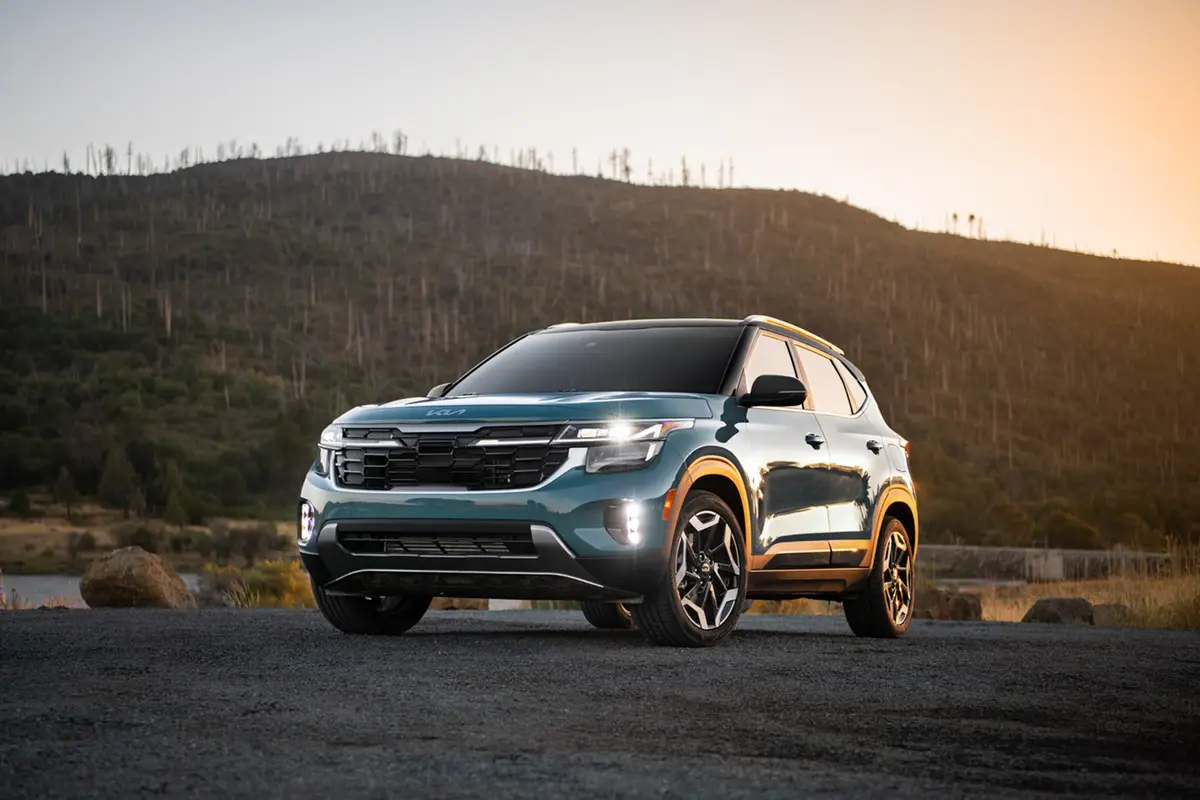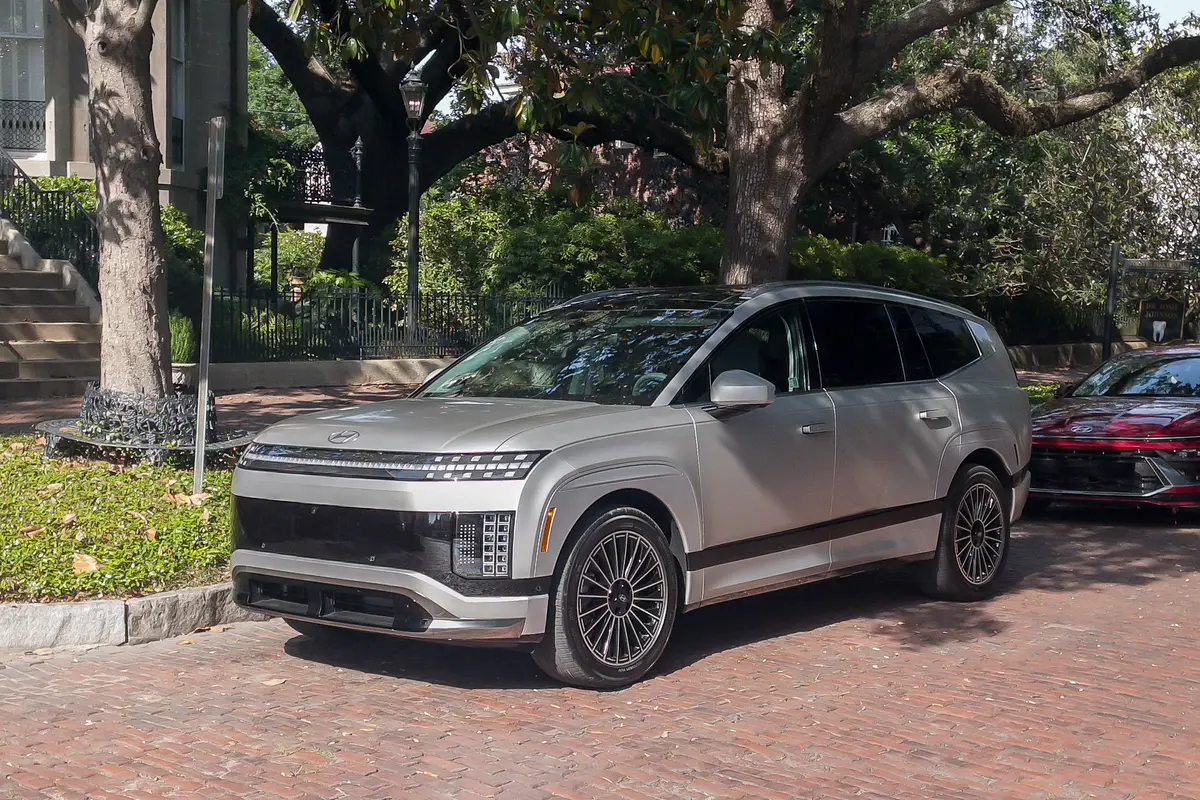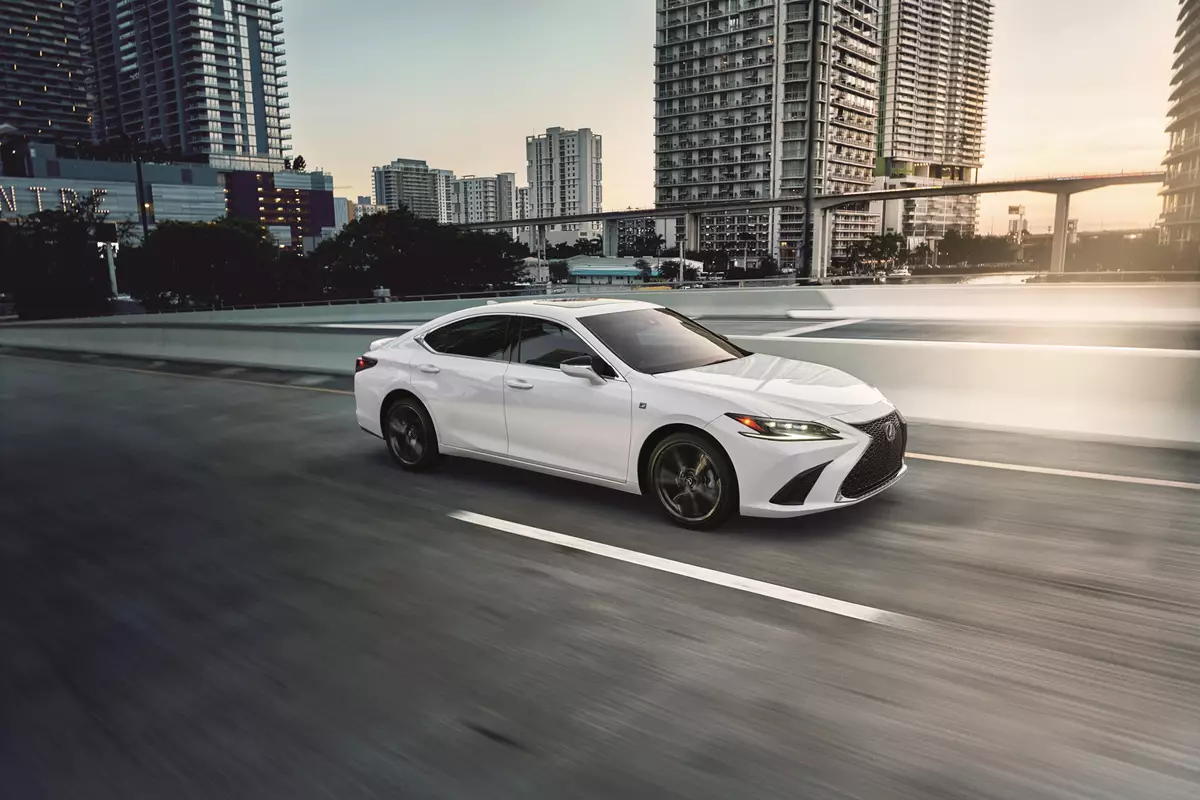The Morning Call and Mcall.com's view
Certain things in life just seem to be over-hyped.
Take the Atkins diet. After thousands of years of eating carbs, suddenly, everyone is looking for ways to eliminate them, rather than just eating smaller portions.
Then take the Toyota Prius gas-electric hybrid sedan. Rather than building smaller, lighter cars that can come close to the Prius in terms of space usage and fuel economy, Toyota came up with a very complicated and expensive way to save a few miles per gallon.
Toyota has been mass-producing hybrid automobiles since 1997, with the first one hitting the United States in 2000. Of course, when most people hear about the Prius hybrid, they have the same questions.
First, it doesn’t need to be plugged in. The electric motor is recharged by the gas engine and energy captured during braking.
Second, mileage is not as good as the EPA would have you believe. That’s because the EPA doesn’t have a good test to accurately predict what the mileage would turn out to be on a hybrid. That explains why the actual mileage on the test vehicle turned out to be about 40 mpg in mixed driving, rather than the EPA claim of 55 mpg.
But beyond the hype, Toyota has produced an interesting vehicle.
This new second-generation Prius uses a new version of Toyota’s Hybrid Synergy Drive powertrain.
This powertrain combines a 1.5-liter double-overhead-cam motor with a 50 kw electric motor. The gas engine is rated at 76 horsepower and 82-foot-pounds of torque. The electric motor produces the equivalent of 67 horsepower and a whopping 295 foot-pounds of torque. This is enough power to propel the Prius to 60 mph in about 10 seconds, about the same power as a four-cylinder Camry.
Starting the car means relearning how to drive.
Insert the key fob into a slot. Then put your foot on the brake. Next push the starter button and wait for the “ready” light to appear. You won’t hear the car start, because there’s nothing to hear. Finally, release the parking brake and put it in gear. Try explaining that to the valet at the country club.
Initially, the Prius runs purely on electric power. Around 15 mph, the gas motor turns on to assist the electric motor. As the speed increases, the electric motor shuts off and you’re running purely on gas. The changeover is seamless, with the exception of vibration from the gas engine. When coming to a stop, everything shuts off, a particularly eerie feeling for those who remember ’70s-era cars, which also shut off, but not because they were supposed to.
The Prius is hooked to a CVT automatic transmission that constantly varies the gear ratio. The regenerative brakes capture energy generated in braking to recharge the electric battery pack.
All of this efficiency earns the Prius the Super Ultra Low Emissions Vehicle and Advanced Technology Partial Zero Emissions Vehicle classifications. That means this vehicle emits 9 0 percent fewer emissions than if it were conventionally powered.
So that’s the sizzle, but how’s the steak?
Driving the Prius is like the old Holiday Inn slogan: the best surprise is no surprise. Most people won’t feel much of a difference from driving a conventional car. Oh, there are some differences. When engaging reverse, the car emits a beep to tell the driver that reverse is engaged. Unlike trucks with this feature, the beeping happens inside the Prius, not outside.
Power from a standstill is good. Body lean is noticeable, but moderate. The ride is firm, but not punishing. The Prius has a long wheelbase, which creates a civilized feel.
The brakes grab quickly and lack a progressive feel. The steering has some weight, but it also is lacking in feel. This might be because the steering and brakes dispense with mechanical linkages, instead using electronic linkages to telegraph intentions to the rest of the car.
The instrument panel which features electronic readouts, is recessed at the base of the windshield. All other features are clustered in the center of the dash, integrated into a touch-sensitive screen.
At first glance, this may appear advanced, but it works less well than lower tech solutions. With use, the screen quickly fills with fingerprints, reducing legibility. The driver also must look away from the road to operate it, as it can’t be operated by touch alone.
What’s worse is the navigation system. While the terminally lost may find it an aid, I got lost twice following its directions, which were just plain wrong. My solution came from my friend Dana, who found the Prius lacking in sex appeal, except for the navigation system’s ability to spout directions in French rather than English. “Doesn’t it sound sexy?” she asked. Obviously, she doesn’t speak French.
Still, she has a point. The sounds of directions in French were certainly sexier than this car’s shape.
Despite being more normal looking than previous versions, the Prius is still an odd-looking piece, with heavy styling that makes its tires look smaller than they actually are. The gently sloping rear hatch does a good job of catching dirt, and the wiper does a remarkably poor job of clearing it.
Inside, the hard seats were fairly comfortable, and the dashboard materials seemed rather nice.
Cargo space is rated at just over 16 cubic feet. In actuality, one large suitcase will fill most of it.
Fuel economy was good, ranging from 35-50 mpg. On one stretch of clogged highway, running on strictly electric, the Prius registered 99.99 mpg. Overall it was 40 mpg, just 8 mpg more than a Scion xA.
The xA cost $16,000. The Prius costs almost $24,000. While the extra 8 grand buys some extra space and comfort, it only buys 8 mpg more and an exotic drivetrain warranted for 8 years or 100,000 miles. Want to keep your car for twice that? Better save up for that drivetrain repair.
Of course, if you drive 15,000 miles per year with regular gas at $1.75 a gallon, that yields a savings of $164.06 in favor of the Prius. Even if you compare it with a Corolla or 4-cylinder Camry with an overall rating of 24 mpg, the savings would be $437.50. That’s still not enough to justify the Prius’ higher cost.
It would be so much simpler to just drive a lighter car.
And if you think the Prius will save us from greenhouse gases, you might be right. But I’d like to know where the landfill space will come from for all the battery packs that will be discarded along with car batteries not found in conventional cars.
With a curb weight of almost 2,900 pounds, it’s no lightweight. There were cars 15 years ago that weighed just 2,000 pounds, dispensed with some frills and could return similar mileage. Of course, Americans rejected those cars in favor of SUVs.
No doubt about it, the Prius is an advanced, well-engineered car with incredible fit and finish, a smooth driving experience and advanced thinking.
But it is the ultimate in American thinking: Gain without the pain. Perhaps it is truly the perfect automobile for the 21st century — the Atkins diet of the automotive world.
After all, we would like to think we could chow down large quantities of steak without gaining weight, even if we can’t.
Toyota Prius
Engines: 1.5-liter DOHC 4-cylinder and 50kW electric motor
Transmission: 5-speed manual or 4-speed automatic
Tires: P185/65R15
Wheelbase: 106.3 inches
Length: 175 inches
Width: 67.9 inches
Weight: 2,890 pounds
Cargo volume: 16.1 cubic ft.
Base price: $19,995
As tested: $23,844
EPA rating: 60 city, 51 highway
Test mileage: 40 mpg
Fuel type: Regular
Built in: Japan
Latest news



